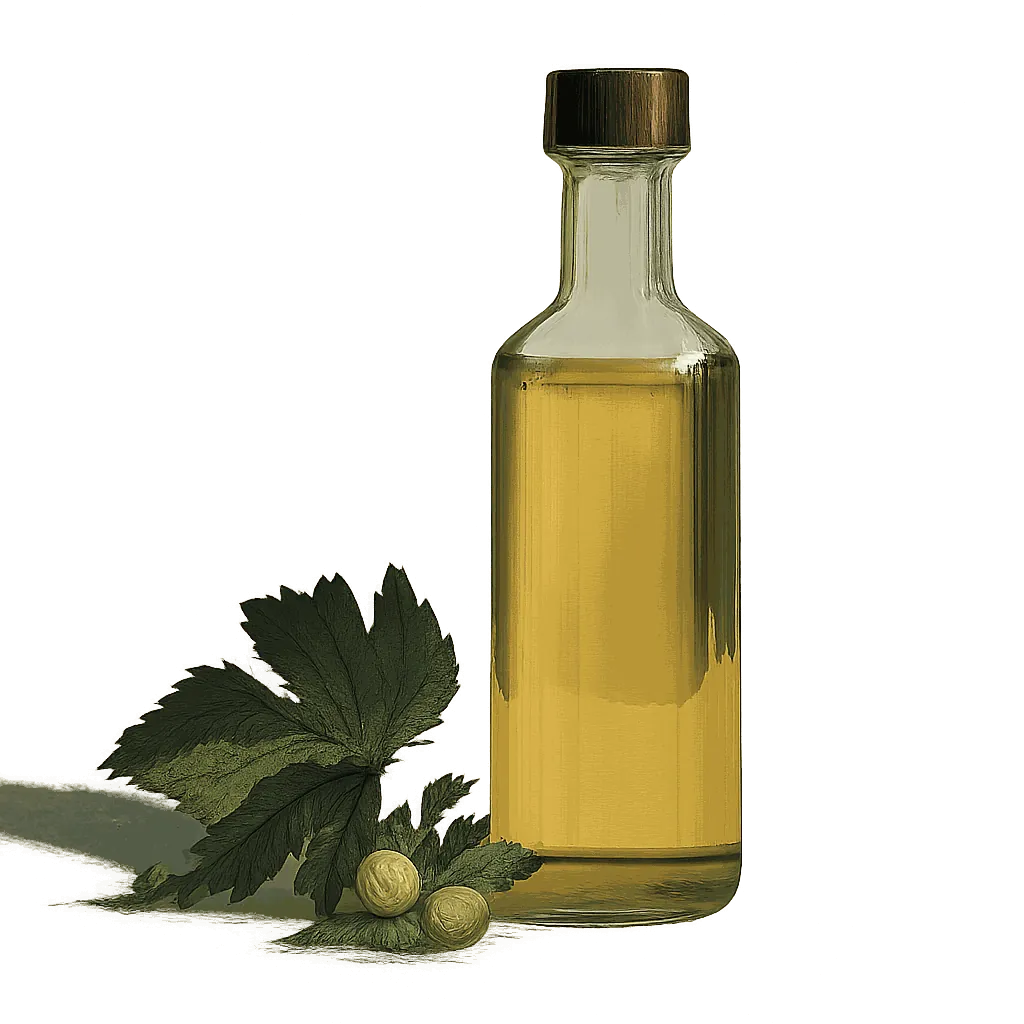Perfect Pairings & Recipes for
Pink Food Colouring

Discover the best flavour pairings for pink food colouring based on data analysis of thousands of recipes. Find perfect ingredient matches & delicious recipes.
Pink food colouring conjures the embrace of resin and the bracing kiss of vinegar, woven with delicate hints of quinine, iron, and persimmon that contribute remarkable depth. The artistry of the kitchen unfolds when we pair pink food colouring with ingredients that let these nuances sing.
Flavour Profile Of Pink Food Colouring Across 150 Dimensions Of Flavour
Disagree with any of the scores? Click on the wheel to edit the underlying flavour profile. Your contributions help us develop the most accurate flavour profiles possible, increasing the quality of our analysis.
Unlocking Flavour Combinations
To uncover how flavours interact, we examined over 50,000 ingredient pairings, decomposing each ingredient into its constituent flavour notes. By analysing which notes co-occur across successful combinations, we identified patterns of association that underpin culinary harmony.
The Flavours That Harmonise With Resin Notes
Strength of Association Between Flavours
The flavours most associated with resin notes are: Gamey, Ovine, Capsaicin, Capsicum, Ferrous, Fenugreek, Ginger, Gentian, Camphor, Bovine.
Flavour Profile Of Pink Food Colouring And Its Complementary Flavour Notes
Disagree with any of the scores? Click on the wheel to edit the underlying flavour profile. Your contributions help us develop the most accurate flavour profiles possible, increasing the quality of our analysis.
What To Drink With Pink Food Colouring
How Flavonomics Works
We've pioneered a unique, data-driven approach to decode the intricate art of flavour pairing. Our goal is to move beyond intuition and uncover the science of why certain ingredients harmonise beautifully. This rigorous methodology allows us to provide you with insightful and reliable pairing recommendations.
Our analysis begins with over 50,000 carefully selected recipes from acclaimed chefs like Galton Blackiston, Marcello Tully, and Pierre Lambinon. This premium dataset ensures our model distils genuine culinary excellence and creativity.
Each ingredient from these recipes is deconstructed across 150 distinct flavour dimensions, creating a unique numerical "flavour fingerprint." This quantification allows us to apply advanced analytical methods to identify complex patterns between flavour notes.
We identify popular ingredient combinations that frequently appear in our recipe database. Regression analysis is then performed on these pairings to statistically validate and pinpoint truly harmonious flavours.
These insights drive our predictive model, which allows us to take any ingredient (e.g., Pink food colouring), analyse its detailed flavour profile, and accurately reveal its complementary flavours and perfect ingredient partners.
Explore More
Discover more ingredient profiles and expand your culinary knowledge. Each ingredient page offers detailed analysis of flavour profiles, pairing insights, and culinary applications.
The information presented here is generated by our automated analytical pipelines. When an ingredient's flavour profile is updated, the analysis is updated automatically.


